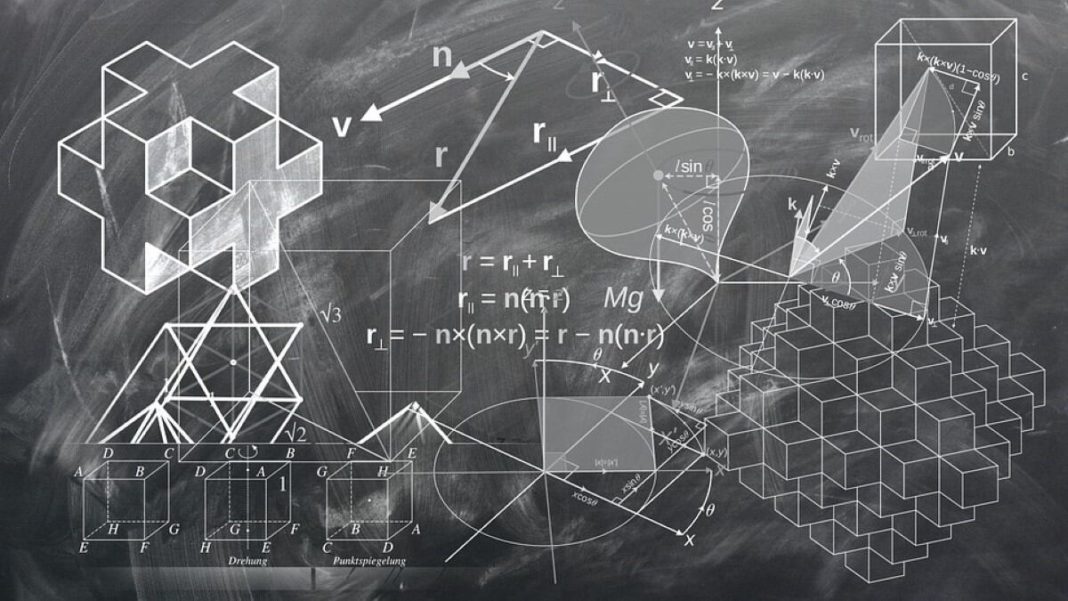INDIA: Euclid’s Postulates serves as the foundation of modern Geometry. Talking about Geometry, it is the branch of mathematics concerned with the properties and relationships of points, lines, angles, surfaces, and solids, has been studied for thousands of years.
However, it was not until the work of the ancient Greek mathematician Euclid in the 4th century BCE that geometry had a rigorous and systematic foundation.
At the heart of Euclid’s approach to geometry are his five postulates, or axioms, which provide the fundamental assumptions which form the basis for his reasoning. These postulates are so fundamental that they are still used today as the foundation of modern geometry.
Euclid’s 5 types of postulates
The first postulate states that a straight line may be drawn between any two points. The postulate may seem like an obvious statement, but it is crucial to the development of geometry. Without this postulate, there would be no way to connect different points in space, and the study of geometry would be impossible.
The second postulate states that a finite straight line may be extended indefinitely in a straight line. This postulate allows us to consider lines that are infinitely long, which is essential in many areas of geometry.
The third postulate, known as the “circle postulate,” states that all right angles are equal. This postulate may seem less obvious than the first two, but it is essential to the study of geometry. Without this postulate, we would not be able to define the concept of a perpendicular line, which is crucial in many areas of geometry.
The fourth postulate, known as the “parallel postulate,” states that if a straight line intersects two other straight lines and the interior angles on one side of the line add up to less than 180 degrees, then the two lines will eventually intersect on that side.
Alternatively, if the interior angles on one side of the line add up to more than 180 degrees, then the two lines will never intersect. This postulate is crucial in the study of parallel lines and the construction of angles.
Finally, the fifth postulate, known as the “Euclidean postulate,” states that if a straight line intersects two other straight lines, and the sum of the interior angles on one side of the line is equal to two right angles, then the two lines will never intersect on that side. This postulate is also crucial in the study of parallel lines and the construction of angles.
Together, these five postulates form the foundation of Euclidean geometry, which is the study of geometry based on Euclid’s axioms.
Euclid’s work was so influential that it remained the standard for geometry for over two thousand years until the development of non-Euclidean geometry in the 19th century.
Non-Euclidean geometry is the study of geometries that are not based on Euclid’s postulates. In these geometries, the parallel postulate is modified or removed, leading to new and often surprising results.
For example, in hyperbolic geometry, the parallel postulate is replaced with a postulate that states that there are infinitely many lines parallel to a given line through a given point.
This leads to a geometry in which triangles have angles that add up to less than 180 degrees, and circles are hyperbolic rather than Euclidean.
Also Read: Jevons Paradox: Why Increasing Efficiency Could Lead to Increased Consumption



